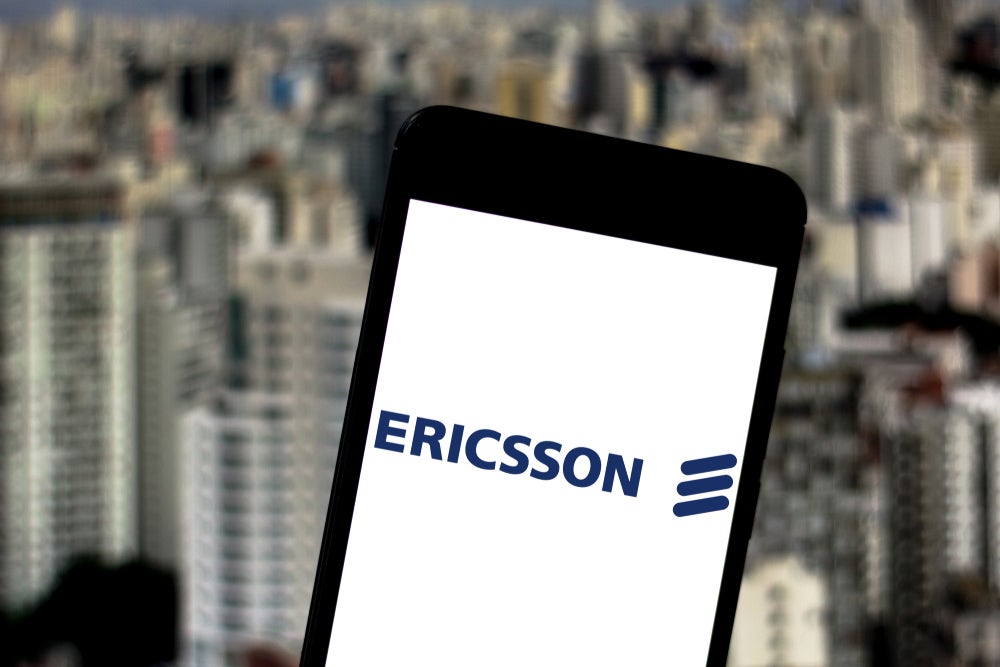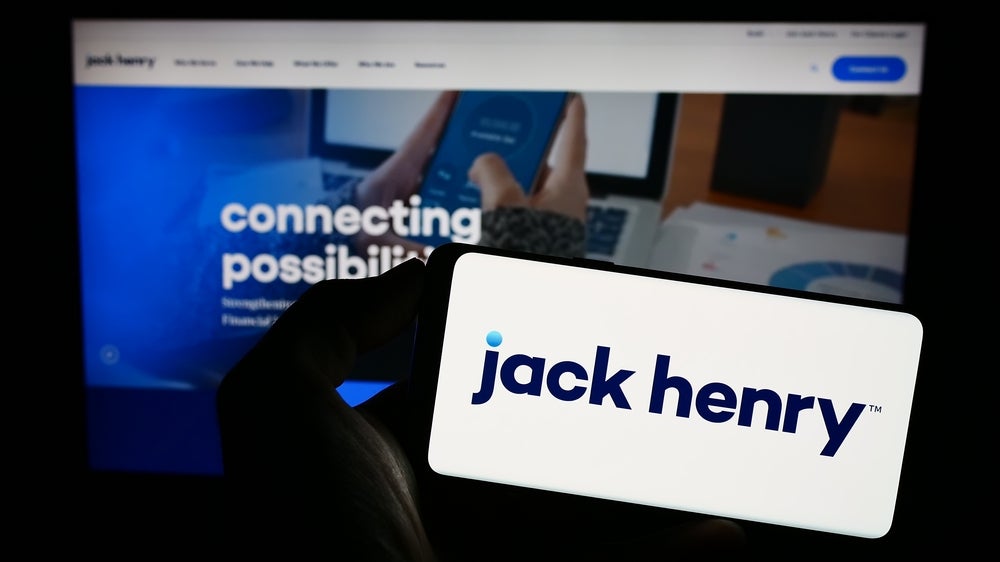shed up to $500 billion of non-strategic core assets, the US
banking giant has stressed its commitment to India, where it
remains in expansion mode. Douglas Blakey talks to
TR Ramachandran, head of Citi India’s retail arm, about the group’s
ambitions in the fast-developing country.
The announcement on 9 May by Citi’s recently appointed CEO Vikram
Pandit of plans to shed up to $500 billion (or over 20 percent of
the US banking group’s total) in non-core assets within three years
understandably sparked a wave of rumours about where the axe would
fall.
 The list of yet-to-be-named non-core businesses looks set
The list of yet-to-be-named non-core businesses looks set
to exclude the bank’s Indian interests, with Citi stressing the
demographics of the country remain highly attractive.
“India is one of Citigroup’s top priority markets globally, TR
Ramachandran, head of retail banking at Citibank India, told
RBI. “Citi has been in India for over 100 years and we
consider ourselves to be an embedded bank in India with an
unparalleled global reach and the ability to get our customers
relevant products in real-time, customised to Indian needs.”
Indian interests include the 450-branch network of consumer
finance arm CitiFinancial; an 11.75 percent stake in housing sector
lender Housing Development Finance Corp (HDFC); and a joint venture
signed last year with Reliance Retail, part of India’s largest
business group, to establish a non-banking finance company which
will deal primarily in loans and credit cards for Reliance Retail
customers. “Our Indian business is in growth and expansion mode,”
Ramachandran said. “We are adding new products and services to our
portfolio, introducing innovations and best practices in diverse
areas.”
Branch expansion is also at the heart of the Citi’s plans. “Our
wish is to really get more branches; we recently got licenses for
three branches in semi-urban areas,” Ramachandran added.
How well do you really know your competitors?
Access the most comprehensive Company Profiles on the market, powered by GlobalData. Save hours of research. Gain competitive edge.

Thank you!
Your download email will arrive shortly
Not ready to buy yet? Download a free sample
We are confident about the unique quality of our Company Profiles. However, we want you to make the most beneficial decision for your business, so we offer a free sample that you can download by submitting the below form
By GlobalDataThe first of the new units, Citi’s 40th branch in India, opened
in May in Akola and provides a foothold for Citi in the
resource-rich Vidharbha region in the state of Maharashtra. “This
is a full-service branch, where the entire range of relevant
products and services – savings account, term deposits, loans,
mortgages, cards and wealth management services – will be available
to both individual and SME customers,” Ramachandran said.
The next two branch openings, scheduled for the third quarter of
this year, in Naded (also in Maharashtra state) and Kurnool (Andhra
Pradesh) are in rural locations.
“We’re happy to get more rural branches,” Ramachandran
explained. “It is in keeping with our commitment towards fulfilling
the national priority of financial inclusion and providing access
to quality capital to all strata of society, especially those who
have limited access to financial services.”
While Citi would like to accelerate its branch expansion
programme, it believes it can continue to take market share from
local banking giants such as ICICI, which recently expanded its
branch network to 1,400 outlets (see RBI 590).
“We believe innovation is the key to success and we continue to
introduce products and services to cater to the evolving needs of
our customers,” he said.
According to Ramachandran, sectors of the market offering the
best opportunities for growth include consumer finance, the credit
card market, wealth-management and micro-finance.
“We think there is tremendous underlying potential there to grow
substantially more,” he added. Recent product launches have
included the Delhi Metro Citibank Credit card, launched in
partnership with the Delhi Metro Rail Corporation.
“We are promoting the new card, India’s first co-branded,
‘2-in-1’ transit credit card, that not only is a contactless Metro
Access Card but is also a Citibank credit card, at the metro
stations with Citi kiosks, as well as running ads on TV, in
cinemas, radio as well as print and outdoor ads at shopping malls,”
Ramachandran said.
The Indian credit card sector, which has grown rapidly in recent
years, with total cards in issue climbing from 17.3 million at the
end of March 2006 to 25.6 million by end-October 2007, is an area
in which Citi has enjoyed considerable success. It is a sector of
the market which has attracted other international entrants such as
Barclays, which has launched a Premier League credit card for India
in an attempt to leverage its sponsorship of English Premier League
soccer (see RBI 589).
Citi is currently India’s third-largest credit cards issuer with
3.5 million cards in circulation.







